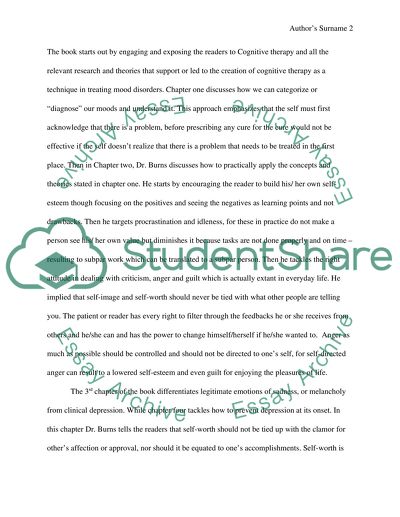Cite this document
(“Feeling Good: The New Mood Therapy Book Report/Review”, n.d.)
Retrieved from https://studentshare.org/philosophy/1473208-feeling-good-the-new-mood-therapy
Retrieved from https://studentshare.org/philosophy/1473208-feeling-good-the-new-mood-therapy
(Feeling Good: The New Mood Therapy Book Report/Review)
https://studentshare.org/philosophy/1473208-feeling-good-the-new-mood-therapy.
https://studentshare.org/philosophy/1473208-feeling-good-the-new-mood-therapy.
“Feeling Good: The New Mood Therapy Book Report/Review”, n.d. https://studentshare.org/philosophy/1473208-feeling-good-the-new-mood-therapy.


